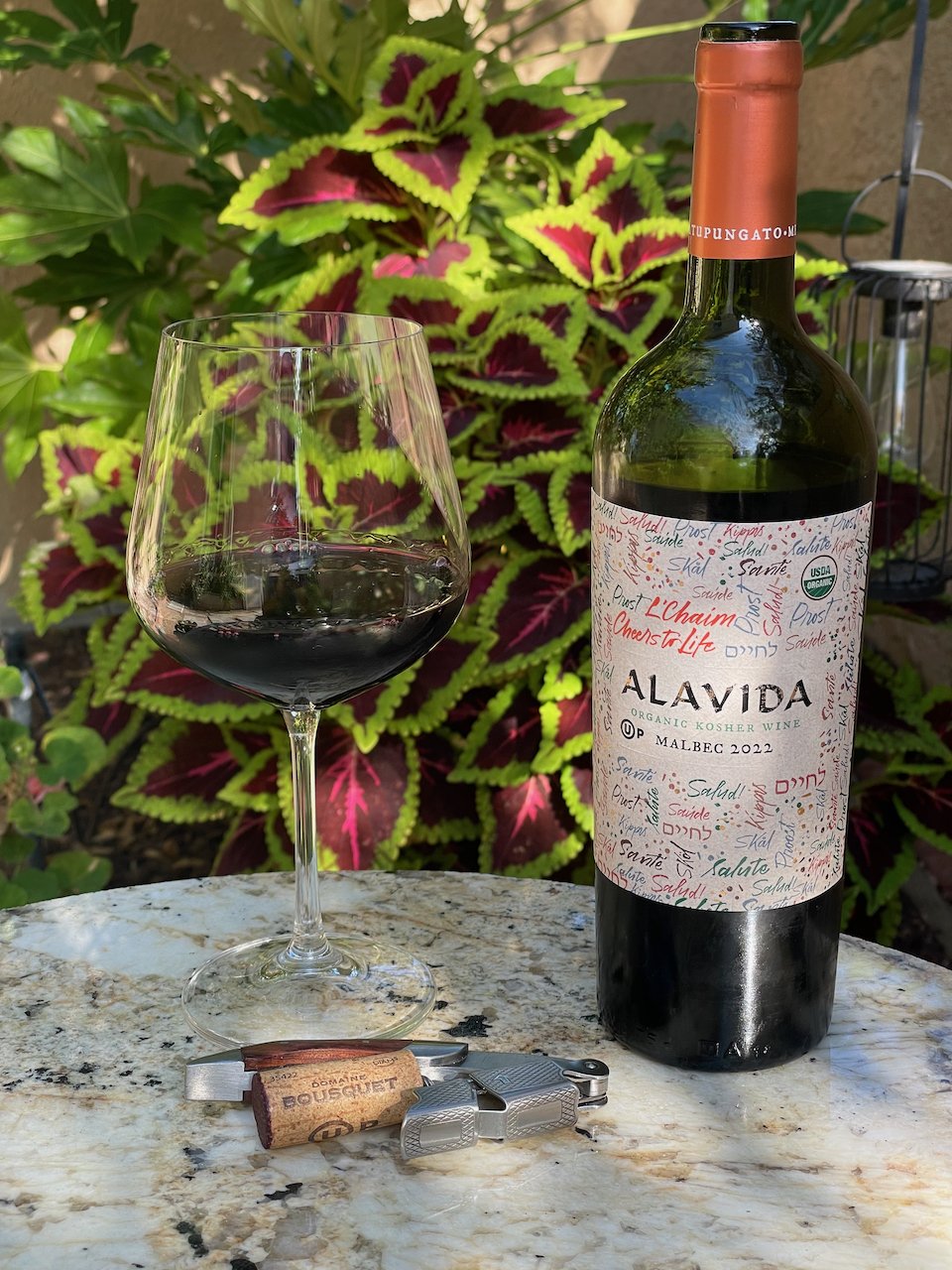Dogajolo Wines by Carpineto
Dogajolo (pronounced (Dog-ay-yolo) was launched in Italy in 1993 by Giancarlo Sacchet and Antonio Zaccheo Sr. of Carpineto.
"This is a momentous year as we proudly celebrate 30 years of our signature Dogajolo Toscano Rosso” said Antonio Michael Zaccheo Jr, the second generation of the Zaccheo family managing the Carpineto winery.
“At the time we launched Dogajolo, Super Tuscans were highly coveted but considered an expensive wine for special occasions, or to drink at the weekend paired with a special meal. We set about changing this by producing an accessibly priced, approachable wine that you can enjoy every day. In doing so, we like to proudly say that we invented the ‘baby’ Super Tuscan category.”
2022 Dogajolo Bianco ($14.99) - This wine is a high-quality white wine produced from 40% Chardonnay grapes blended with 30% Grechetto and 30% Sauvignon Blanc. It is pale gold in color with aromas of citrus and melon along with floral notes. On the palate it has unique characteristics of being smooth and rich provided by the Chardonnay along with having bright notes of citrus and grapefruit from the Sauvignon Blanc. This wine finishes with refreshing acidity. (13/2% ABV, 1.7 g/L RS, pH=3.56, Acidity=5.0 g/L)
2020 Dogajolo ($14.99) - This wine is produced from 80% Sangiovese and 20% Cabernet Sauvignon. It was fermented for 10-15 days in stainless steel tanks. The Sangiovese underwent full malolactic fermentation while the Cabernet Sauvignon only underwent partial malolactic fermentation. It was aged for 6 months in used French and American oak barrels & cement vats followed by 4-6 months in the bottle. It is deep ruby in color with aromas of black cherry and spice. On the palate it has the classic cherry flavor of Sangiovese with added depth associated with the Cabernet Sauvignon. (13/2% ABV, 1.7 g/L RS, pH=3.56, Acidity=5.0 g/L)
These two wines from Dogajolo are great for everyday drinking and very affordable making them a great fit as this week’s Behind the Cork™ Wines of the Week. Cheers!
Dogajolo wines are imported by Opici Wines & Spirits and available in all 50 States.
Disclosure of Wine Sample Submission: I received these samples at no cost for review. The opinions expressed are entirely my own.
Samples Provided by Carpineto Winery via Donna White Communications






